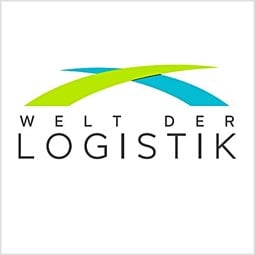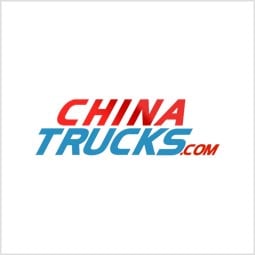In fact, the Shell V-Power race fuel used by the Ferrari F14 T (the 2014 season’s competition car) contains 99% of the same compounds found in Shell V-Power Unleaded road fuel. Crucial to the success of Shell’s technical partnership with Ferrari, which began over 60 years ago, is the ability to feed developments made through Shell’s Formula One programme down to the consumer. It’s a process that ensures Shell is always at the very forefront of fuel and lubricant development.
No stone unturned
Mike Evans, who is responsible for the development of Shell’s fuels for Ferrari, is in charge of seeing that the pioneering work being done by the Shell Formula One development team eventually sees its way to the pump. “On the Formula One side we always try out the more novel ideas and these are then passed on to the Shell V-Power fuels, which are sold around the world,” he says.
“We see how the fuels perform in Formula One and then work directly with the men and women working on Shell V-Power retail fuel. It’s all about sharing information and generating ideas.”
The benefits of working so closely are not restricted to fuels. Mark Wakem looks after engine lubricant development for Ferrari at Shell: “On the lubricants side, the whole reason for being involved with Formula One is to use it as a very advanced test bed to develop road-going lubricants for the future.”
But to achieve the best results the team ensures that the traffic is not only one way, as Guy Lovett, Shell’s Technology Manager for Ferrari, points out: “We also make sure that anything we learn from our road-going products is transferred to Formula One. The philosophy is to leave no stone unturned.”
 Addressing consumer needs
Addressing consumer needs
In previous seasons the two worlds may have seemed far apart but new rules brought in over the past few decades, particularly in 2014, have brought them closer together.
Guy explains: “The changes in Formula One are moving towards energy efficiency and relevance to the everyday motorist, which is great for Shell because it means that the fuels and motor oils that we develop are much closer to the consumer products we create.”
For Mark’s team this has meant developing lubricants that will help to ensure the five engines available to each driver this season last as long as the eight they had available last year. The fuels team, on the other hand, has had to develop a fuel that delivers the same performance from the new limit of 100kg as was previously possible when fuel load was unlimited.
It’s high-pressure work, but the speed of development this generates in consumer fuels is one of the key reasons that Shell has maintained its involvement in Formula One for so long. “Using people from the motorsport side to help not only develop the formulations but to also reduce the timeline of development was an important aspect when Shell first started retailing the Shell V-Power and specialist fuels around the world,” says Mike. “It has paid off. It’s made us more agile.”
The rewards are clear. Since the two companies began their word-class partnership, Scuderia Ferrari has achieved unrivalled success in Formula One. Meanwhile, Shell continues to develop innovative and efficient products not just for the Formula One drivers who climb the podium, but for the everyday motorist too.
In the lead up to the 2014 Formula One season the Shell team was challenged to develop new fuels and lubricants for Scuderia Ferrari under stringent new regulations. Read about how that was achieved and the new rules here.
Join the team as they discuss Shell’s technical partnership with Ferrari: https://www.youtube.com/watch?v=zh_5ZJ46YIM>









